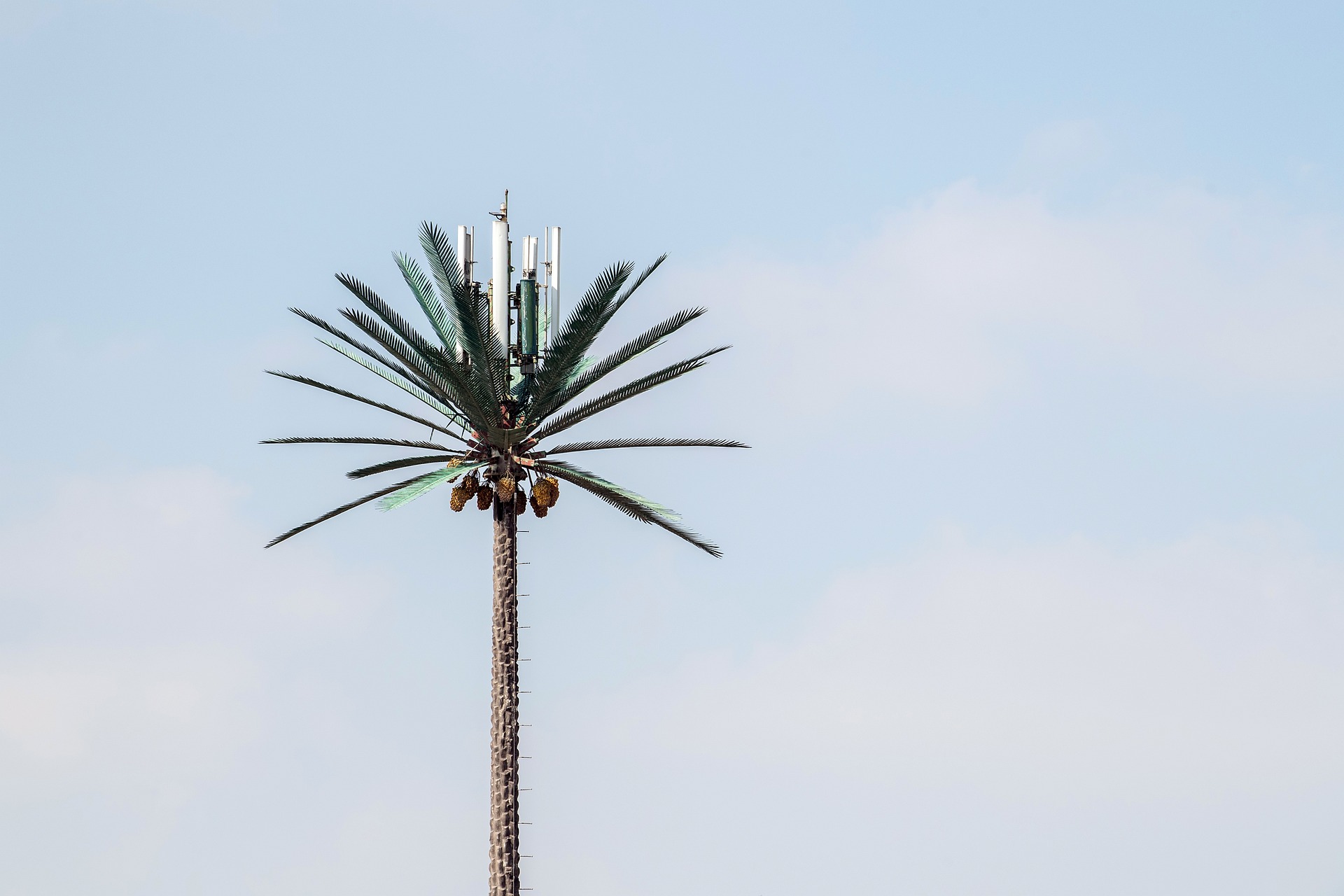"Decoding the Health Potential of Blue Zones: Longevity Secrets from the World's Healthiest Communities"
What if the secret to a long, healthy life is not found in a pill, a diet, or a rigorous exercise routine, but in the way communities around the world live? Enter the Blue Zones—five unique regions known for their high proportion of centenarians and extraordinary health. In these zones, lifestyle and environment converge to support longevity. The Blue Zones present a fascinating case study in health and wellness, providing valuable lessons on how to live longer, healthier lives.

Unveiling the Blue Zones: A Historical Perspective
The concept of “Blue Zones” was first introduced by National Geographic Fellow and journalist, Dan Buettner, who identified five regions with a striking number of centenarians and low rates of chronic diseases. These regions include Okinawa (Japan), Sardinia (Italy), Nicoya (Costa Rica), Icaria (Greece), and Loma Linda (California, USA). The term “Blue Zones” arose from the blue ink used to highlight these regions on a map. Since then, researchers have been delving into the lifestyles of these communities, uncovering intriguing insights about their health and longevity.
Current Health Insights from the Blue Zones
Recent studies have linked the remarkable health of Blue Zone residents to a complex interplay of diet, physical activity, social engagement, and strong community support. Their diets, largely plant-based, are high in whole grains, legumes, and vegetables, with meat consumed sparingly. Physical activity is seamlessly integrated into daily life through farming, walking, and domestic chores. Social connections and community involvement are also vital, reducing stress and promoting mental well-being. These findings align with current health trends advocating for balanced nutrition, regular activity, and strong social networks.
The Science Behind the Blue Zones Phenomenon
The science supporting the Blue Zones phenomenon is compelling. The Mediterranean diet prevalent in Sardinia and Icaria—rich in fruits, vegetables, whole grains, and healthy fats—is associated with lower risk of heart disease and diabetes. In Okinawa, the practice of “Hara Hachi Bu” or eating until 80% full, helps to maintain a healthy weight. Research also suggests that regular physical activity, such as the natural movement found in Blue Zone lifestyles, can reduce the risk of various health conditions, including obesity, heart disease, and depression.
The Challenges of Emulating Blue Zone Lifestyles
While the Blue Zones offer valuable lessons, replicating their lifestyle in other parts of the world is challenging. Factors such as industrialization, urbanization, and the fast pace of modern life can make it difficult to adopt the laid-back, community-oriented lifestyle seen in the Blue Zones. Additionally, access to fresh, locally grown food—a cornerstone of Blue Zone diets—may be limited in urban areas. Despite these challenges, adopting key aspects of the Blue Zone lifestyle, such as eating a plant-based diet, being physically active, and fostering strong social connections, can still contribute to improved health and longevity.
Emulating Blue Zone Lifestyles: Practical Health Tips
-
Adopt a Plant-Forward Diet: Incorporate more fruits, vegetables, whole grains, and legumes into your diet.
-
Stay Active: Make physical activity a part of your daily routine. This could be as simple as walking, gardening, or taking the stairs.
-
Maintain Social Connections: Foster strong relationships with family, friends, and community.
-
Embrace Moderation: Whether it’s diet or physical activity, moderation is key. Avoid overeating and overexertion.
Conclusion
The Blue Zones offer fascinating insights into the lifestyle factors that contribute to longevity. While it may not be possible to replicate these lifestyles entirely, adopting key aspects—such as a plant-forward diet, regular physical activity, and strong social connections—can go a long way towards improving our health and well-being. After all, the pursuit of health is not just about adding years to our life, but life to our years.





